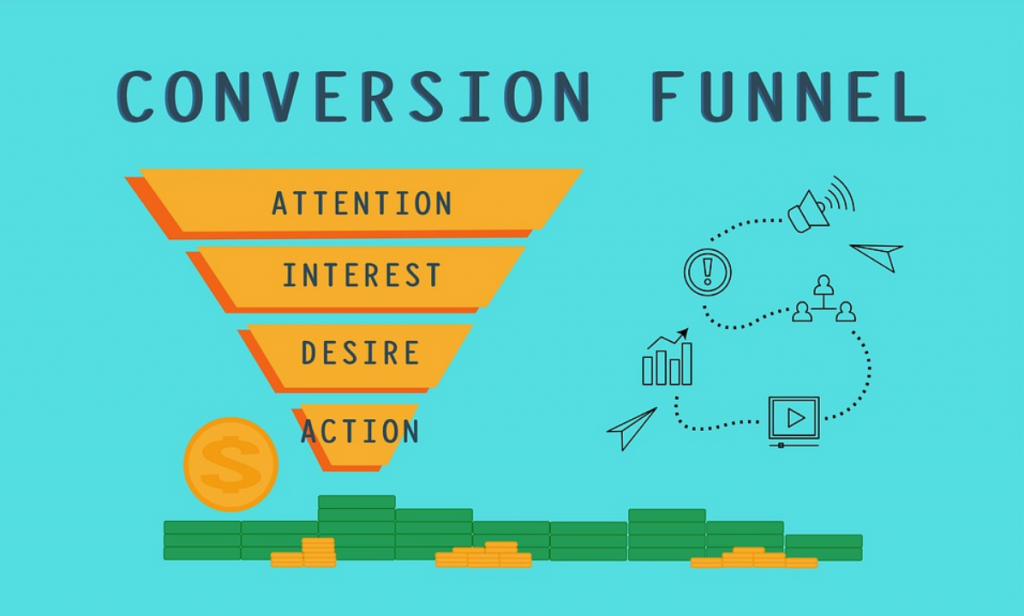Table of Contents
If you have a website, you already have a conversion funnel, even if you don’t know about it. Every website has a goal. You may want your potential customers to sign up for an email newsletter or buy a niche-specific product. The conversion funnel is the pathway your potential customers need to go through to take the final action that will help you reach your goal. The pathway of the conversion funnel starts right from the time your potential customer gets to know about your brand. It ends when the potential customer becomes a paying customer for your business.
73% of leads aren’t usually ready to be the paying client when they first know about your small business. However, optimizing the conversion funnel can increase your sales by 50% at 33% lower costs. Before going through the steps for optimizing the conversion funnel, let’s see how the funnel looks like.
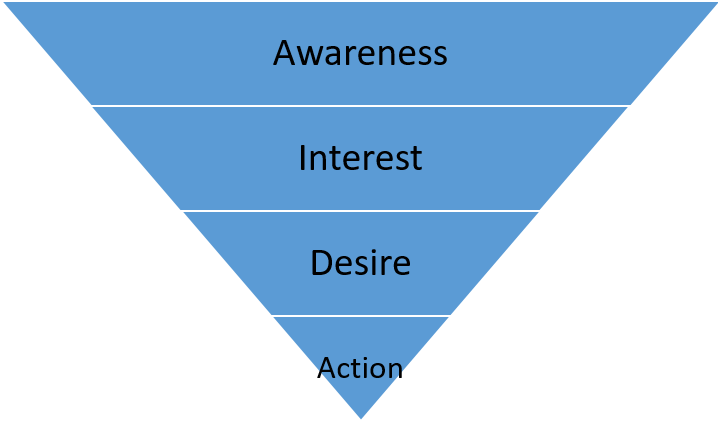
The image shows the fundamental stages in the funnel. Now let’s see how you can optimize the funnel to pull your prospects through all the stages till the end.
1. Spread the word about your website tactfully
No matter what the nature of your website is, the first in optimizing the conversion funnel is to create awareness about your brand. Let’s say you want to provide online essay help to students. So, you need to let the target audience (students) know how you can cater to their academic assignments. You want to attract prospects who will benefit from your services. Focus on quality rather than quantity.
Here are the effective ways to attract relevant prospects to your website:
- Organic search– Use Google Analytics to identify the keywords your target audience uses to search for similar businesses as yours. Include those keywords in your off-page and on-page SEO strategies. This will help your website rank on the first page of Google SERPs whenever your target searches for your nature of business.
- PPC campaigns– Using PPC campaigns, you can run your ads right at the top of Google SERPs. Every time your target audience types a keyword relevant to your business, your ad will show up.
- Social media– Social media marketing campaigns can help you reach out to a broader set of audience since more than half of the population are on social media. You can post images, texts, videos, and other types of content to create brand awareness.
2. Create impactful landing pages
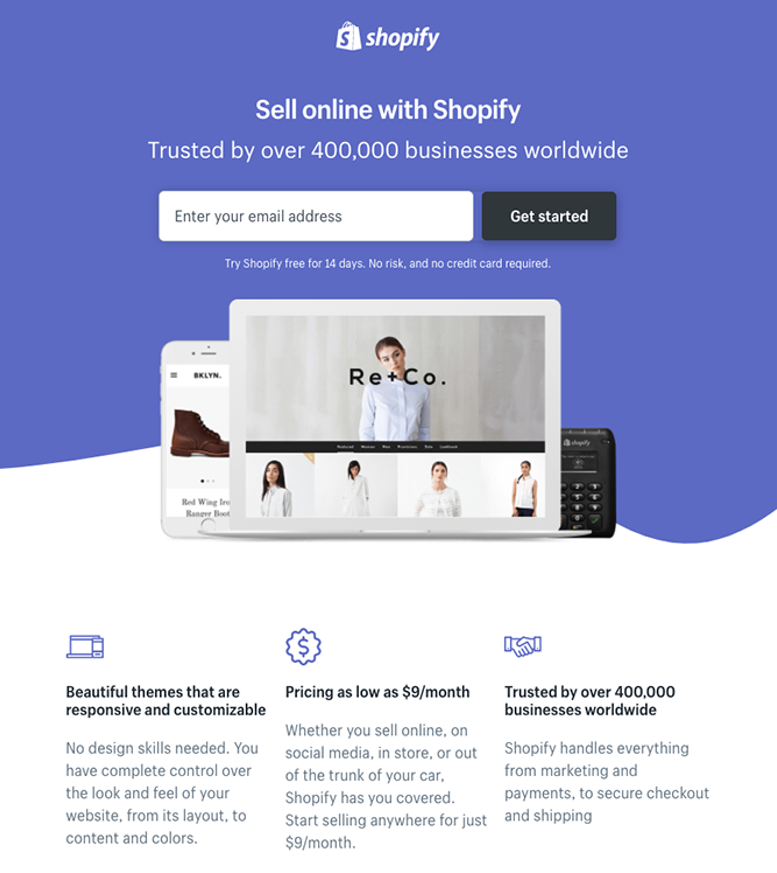
Unlike other pages on your website, which are most likely to have multiple goals, landing pages have one specific goal- to persuade your website visitors to take a particular action. Thus, the landing pages are a great opportunity to boost your conversion rates without going heavy on your pockets. The role of landing pages comes into play when your target audience has shown an interest in your services by clicking an ad or email.
How to optimize landing pages for lead generation?
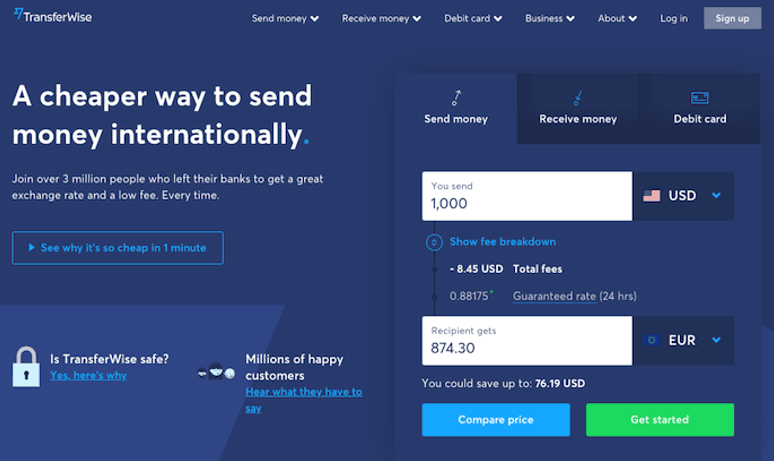
- Empower your visitors through your offers– You need to make an offer that your target audience can’t ignore. They should experience positive emotions, appreciated and inspired after reading the offer mentioned on your landing page.
- Simplify the page– The purpose of landing pages is to get your target audience to focus on the call to action. So, do not beat around the bush. Instead, communicate as clearly and simply as possible.
- Use contrasting colors– Contrasting colors in landing pages, especially in the call to action. It works wonders when it comes to landing pages. Your message or call to action should be more pronounced and clear.
3. Build effective email newsletters

Let’s say you have built quite a substantial list of warm leads for emails. Email newsletters work wonders when it comes to sharing more about your business or convincing your prospects to move further through the conversion funnel. But, how to optimize your email newsletters? You can’t just string together some words in the email and expect it to drive leads. Can you?
How to make the most of your email newsletters?
- Personalize the emails– Personalised emails make your clients feel valued and more connected to your brand. Include the receiver’s name, age range, niche, and geographic region to personalize the emails to some extent.
- Make the subject line creative– AI smartphone shows only 25 to 30 characters of your subject line. <ake it as creative as possible within that specified word count.
- Include creative and optimum CTAs– Using action-oriented verbs like ‘register’ or ‘sign up’ while writing the CTAs. Make sure the CTAs are concise and clear. Do not clutter the emails with unnecessary CTAs.
4. Get your trust elements right
Let’s say you want to opt for essay help from a website. However, the website doesn’t mention anything about money refund policies, or it doesn’t even have reviews. Wouldn’t you go for a better option where you will find money refund policies or plagiarism guarantees? Trust elements are very important if you want to pull your leads to the final stage of the conversion funnel. The trust elements convince your website visitors about the reliability of your online marketing business.
The basic trust elements to include in your website are:
- Business Bureau Logo– This logo is a must-have if you want to put your customers at ease. Getting approved for the logo might cost you around $400 a year.
- Guarantees- The guarantees on your website will help you earn the trust of your clients. Whether it’s a money refund privacy policy or private confidentiality, the guarantees will make your clients believe that it’s safe to trust your brand.
- Testimonials- Reviews can often decide whether your website visitors will opt for your services or buy from you. Request your existing clients to share an honest review about your business.
5. Set up tests and review the performance of your site
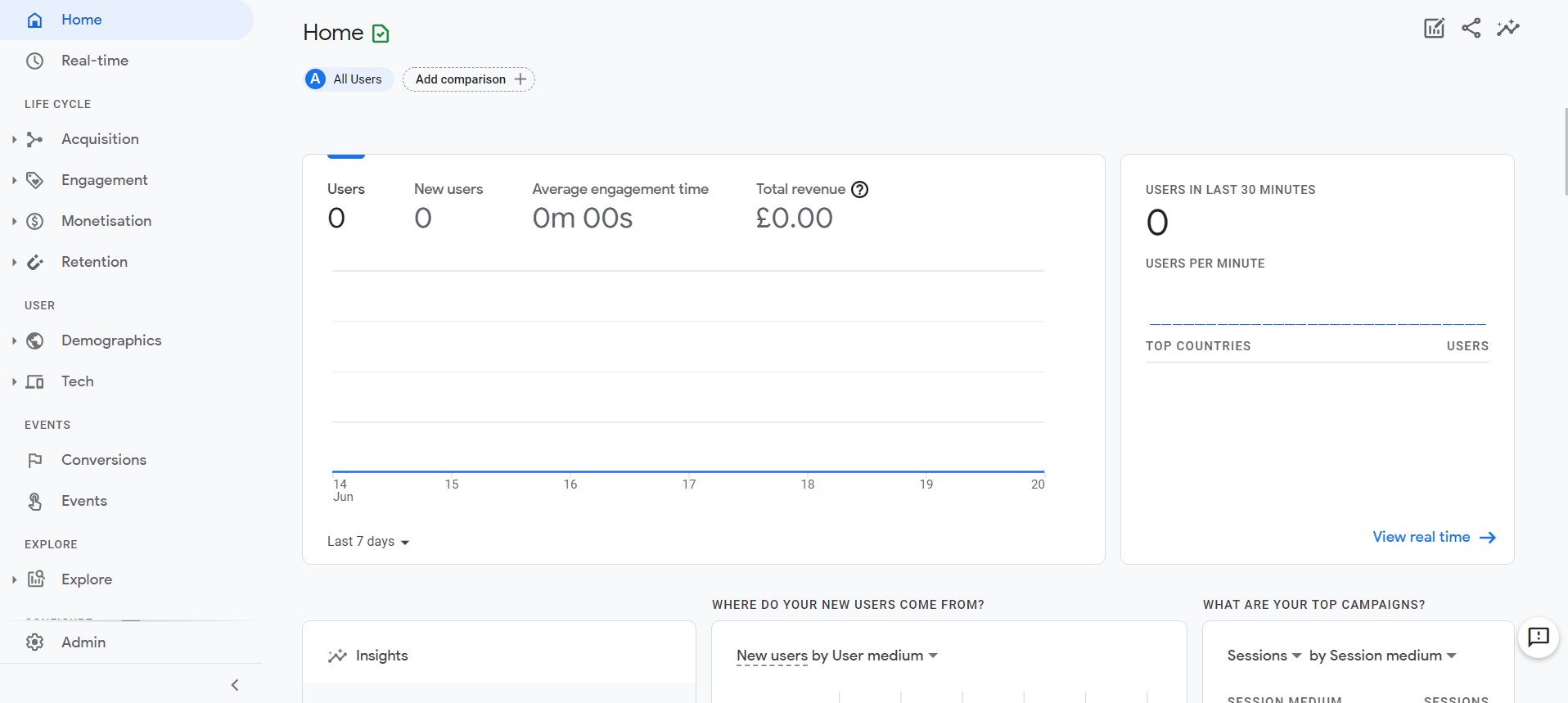
By this step, you are almost halfway through the optimization of your conversion funnel. Now you need to conduct the CRO tests and see if your website is optimized enough to gain online visibility, persuade your target audience to buy from you, and ultimately increase your total revenue.
Three types of CRO tests are:
- A/B testing– It is the process of testing two variations of a webpage to see which version delivers the best results.
- Split testing– It is the process of creating two different URLs and testing each URL’s impact on a certain percentage of users.
- Multivariate testing– You can make multiple changes on the same webpage and test each combination using this technique.
Wrapping Up
Optimization of the conversion funnel of your website is crucial to converting your potential prospects into paying customers. It is the only effective way to generate quality leads for your business and enhance the overall revenue of your business. Start with brand awareness and then optimize the landing pages of your website. If done right, the landing pages can create a strong impact on your target audience. In the case of email newsletters, personalize them as much as possible.

